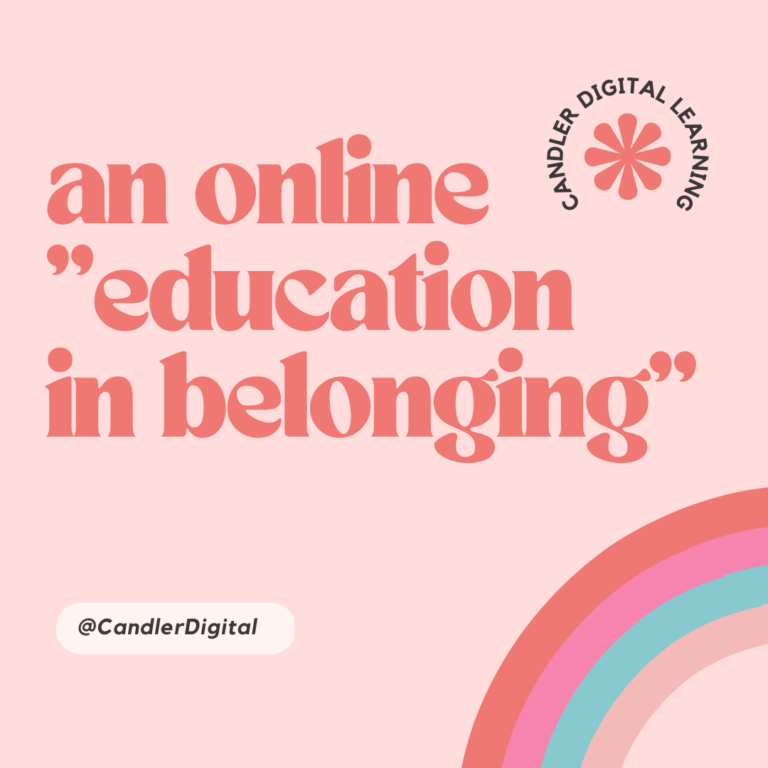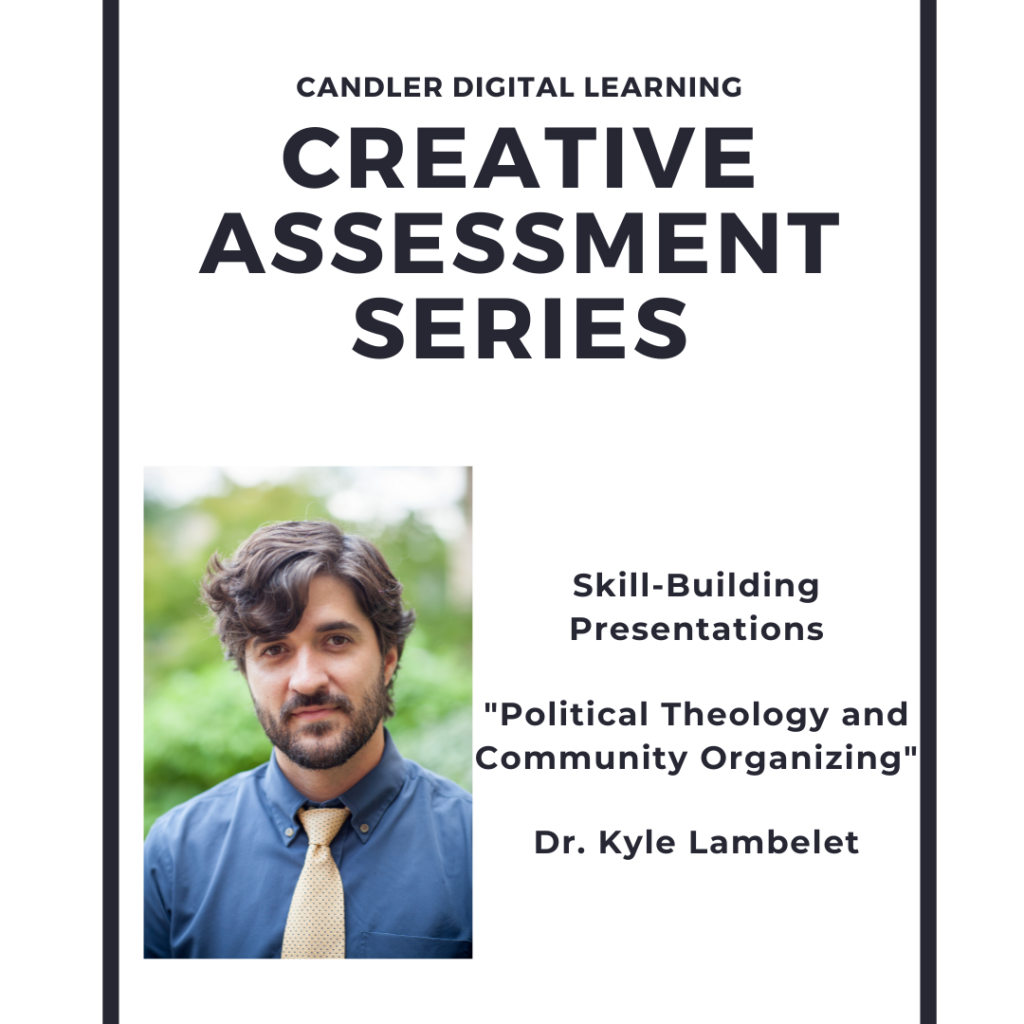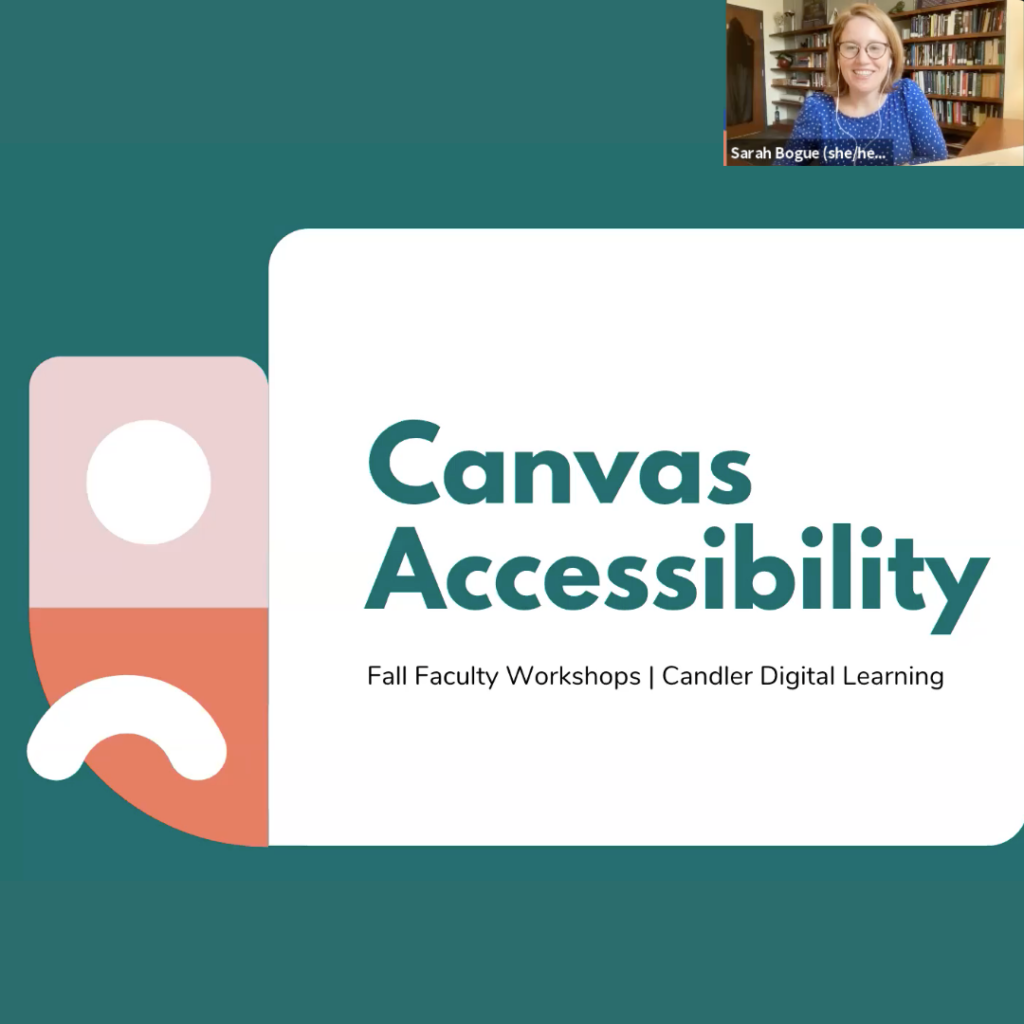
In After Whiteness: An Education in Belonging, Willie James Jennings explores the implications of white supremacy and racial identity on American Christianity and education. He argues that white supremacy has profoundly impacted American society and religion and created a culture of segregation and exclusion. For Jennings, American Christianity must embrace a new theology of belonging – one that prioritizes inclusiveness and recognizes the inherent value and dignity of all people, regardless of race or ethnicity.
Jennings advocates for a new way of thinking about education and belonging that goes beyond mere tolerance and acceptance and prioritizes the deep connection and interdependence of all people. He argues that education should be used to dismantle systems of oppression and create a more just and equitable society.
What does this have to do with online learning?
The online space has the potential of breaking out of these oppressive models and into more of an equitable and inclusive learning experience.
The following principles can be directly applied to an online learning environment to create a sense of community and foster a culture of belonging among online students. This is especially important in distance learning where students may often feel isolated and disconnected from their peers and instructors.
Prioritize Communication and Connection

One strategy for is to prioritize communication and connection between learners and instructors. This can involve intentional synchronous discussions, both via Zoom and in collaborative spaces (see digital whiteboards), as well as faculty providing regular feedback and support for students.
Encourage Collaboration or Group Work
Another important strategy is to encourage collaboration or group work. This does not have to be the traditional “group project,” but can take many forms such as guided group discussions or skill building teams. These provide opportunities for students to support and learn from one another. Contact the Office of Digital Learning for more information!
Design Inclusive Learning Activities
Additionally, intentionally designed learning activities and assignments that encourage learners to share their experiences and perspectives. This is helpful because it helps others see the connection between learning and their own contexts, as well as creates mutual respect and understanding.
Create an Inclusive and Equitable Learning Environment
Finally, it is important to be intentional about creating an inclusive and equitable learning environment. This involves actively working to address and dismantle systemic barriers to learning, such as racism, sexism, and ableism. It also involves being mindful of the diverse needs and experiences of learners and taking steps to accommodate and support them. By creating an environment that is inclusive and equitable, instructors can help students feel valued and respected, and create a culture of belonging.
Creating Belonging
By incorporating these strategies online instructors and learners can work together to create a sense of belonging and community in the online space.
For more information on how to incorporate a more equitable and inclusive space of belonging for all students in your classroom, reach out to us at CandlerDigitalLearning [at] emory [dot] edu.




